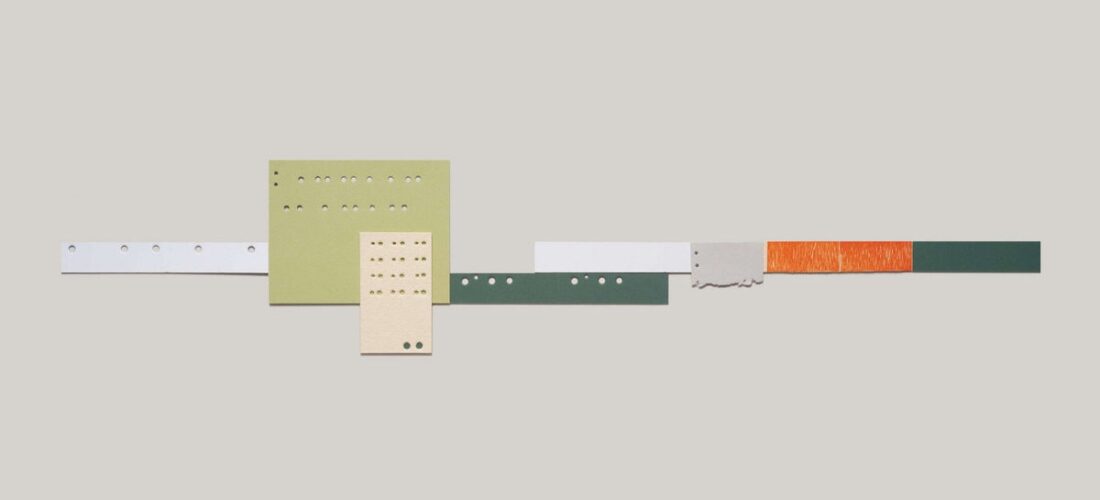Why remake a classic? Comparison to the original is likely to cast even an extraordinary achievement in a bad light. Or so thought the composer and engineer Joseph Branciforte when Taylor Deupree approached him with the grandly ambitious—or perhaps wildly misguided—idea to create an acoustic version of his 2002 album Stil.. That record was a high water mark of the glitch movement, born of the moment in the late ’90s when personal computers became home studios. Deupree endlessly looped a handful of electronic samples slightly out of sync, allowing tiny digital artifacts to phase in and out of time like a Steve Reich composition at microscopic scale. Stil. is remarkably warm-sounding and emotive for such resolutely digital music, but impossible to imagine being played by actual humans. And yet, on October 10, 2021, Deupree sent an email to Branciforte requesting just that: “not sure if you’re familiar with the album… it’s very very repetitive… and i’d want it all played… not played for a bar and looped in pro tools.” Branciforte reluctantly agreed—on the condition that he could back out if it didn’t work.
Though it’s Deupree’s name on the spine of Sti.ll, Branciforte is the mastermind behind the scenes. Only after they began did Deupree reveal that he no longer had the mix files for Stil.. Branciforte would have to rely on the finished recording itself for his transcriptions, a daunting task that required painstakingly isolating different frequency ranges for each track. Branciforte then recruited an ensemble of expert instrumentalists to pull off his exacting scores, including Madison Greenstone, whose extended techniques for clarinet are largely responsible for the album’s timbral character, and Ben Monder, a guitarist whose initial response to the proposal was simple: “That is a terrible idea.”
Let’s put those doubts and misgivings to rest. Sti.ll works. The track that convinced Branciforte to keep going was “Temper,” Stil.’s busy, gyrating, IDM-inspired third track. He set about transcribing it for clarinet, dividing it into 16 layers and meticulously notating each one (an example of his extreme precision: Layer 11, titled “beeps,” has a tempo of 56.48 bpm, a level of specificity likely not perceptible to the human ear and certainly not playable with any degree of accuracy). Greenstone replicated the song’s thrumming static and jittery clicks with a range of techniques. For one layer, she used the clarinet’s keys to create percussive thumps of bass, and for another she continually pushed water through the mouthpiece to simulate the track’s crackly undercurrent. The results were revelatory: This was “Temper,” but it was something else too, a contemporary classical composition of arresting beauty.
